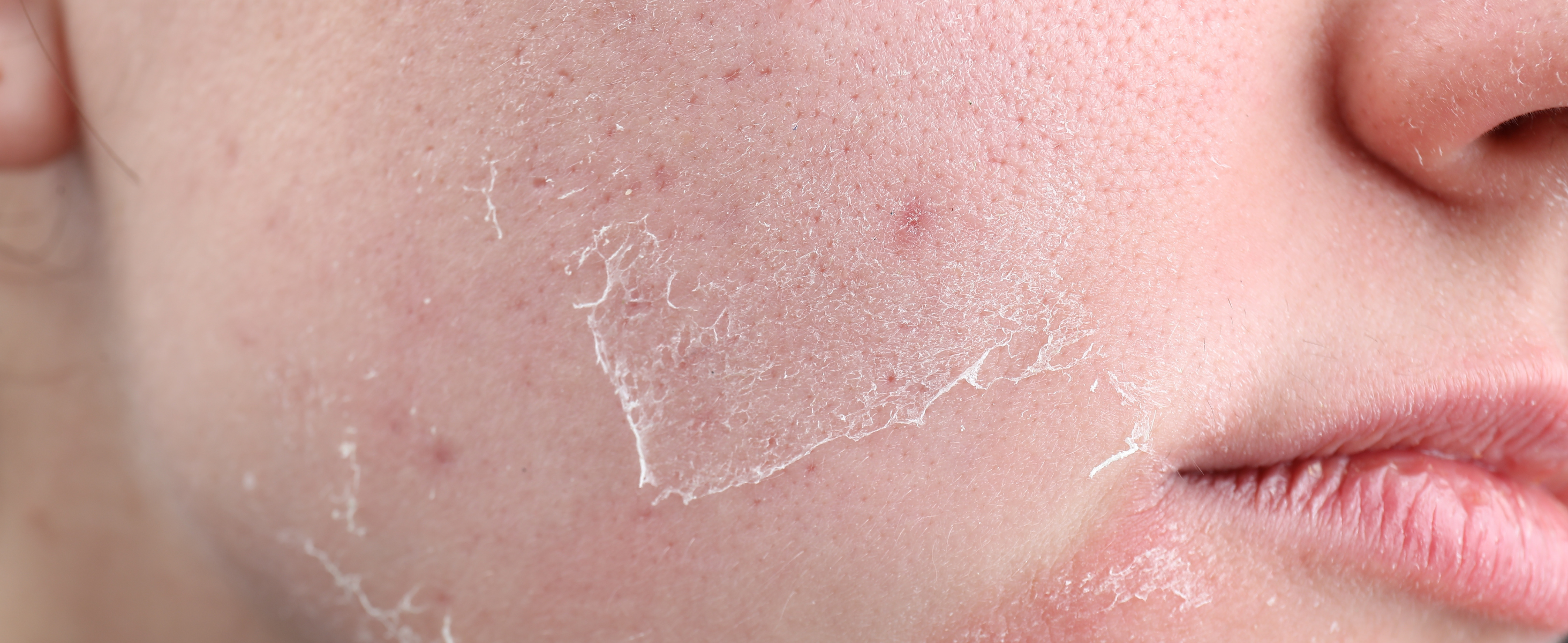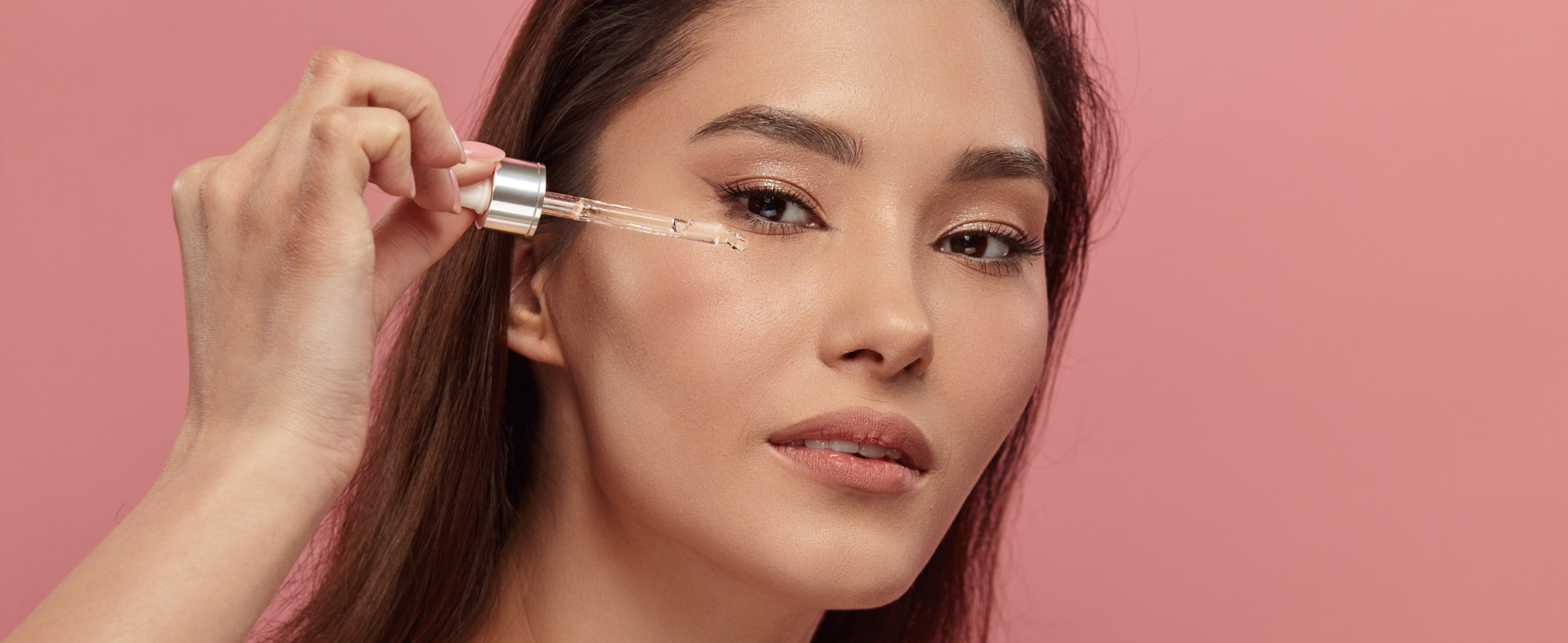When it comes to skincare, one of the most important steps is knowing your skin type and tone. From selecting the right products to tailoring your routine, understanding your type of skin is essential for achieving healthy, glowing skin. Whether you’re 18 or 24, this guide will help you figure out the type of skin you have, what tones complement you, and how to care for your unique complexion.
1. What Is A Skin Type?
The term “skin type” refers to the general condition of your skin, based on factors like oiliness, dryness, or sensitivity. Everyone’s skin falls into one of these main categories:
- Oily Skin: Your skin produces more sebum than normal, leading to shine, enlarged pores, and sometimes acne.
- Dry Skin: Lack of moisture makes your skin feel tight, rough, or flaky. It might look dull and lack elasticity.
- Combination Skin: A mix of oily and dry areas, usually oily on the T-zone (forehead, nose, and chin) while the cheeks may be dry.
- Sensitive Skin: Skin that’s easily irritated by skincare products, environmental factors, or certain ingredients.
- Normal Skin: A balanced skin type that isn’t too oily or too dry and has fewer issues like breakouts or irritation.
2. How To Find What Type of Skin You Have
To discover your skin type, there’s a simple test you can try at home:
-
Cleanse your face with a gentle cleanser.
-
Pat your skin dry and leave it bare for about an hour.
-
Check how your skin feels:
- If it’s shiny all over, you have oily skin.
- If it feels tight and rough, you’re likely dealing with dry skin.
- If it’s shiny on your forehead and nose but dry on your cheeks, you have combination skin.
- If it feels comfortable and doesn’t seem oily or dry, you have normal skin.
- If it turns red, itches, or reacts badly to products, it’s sensitive skin.
Knowing your skin type will help you select the right moisturizers, cleansers, and serums to use, ensuring your routine works with your skin instead of against it.
3. Understanding Skin Tones and Types of Skin Colors
In addition to your skin type, your skin tone plays a huge role in finding the right products, from foundation shades to skincare ingredients. Skin tone refers to the natural color of your skin and can be categorized into a few different groups:
- Fair Skin: Light and often prone to burning in the sun.
- Medium Skin: Often referred to as olive skin; tans more easily.
- Dark Skin: Deep pigmentation that rarely burns but can experience hyperpigmentation.
There are also types of skin tone based on undertones:
- Cool Undertones: Hints of blue, pink, or red beneath the surface.
- Warm Undertones: Yellow, peach, or golden hues.
- Neutral Undertones: A mix of both cool and warm undertones.
4. Different Types of Skin Colors and Why They Matter
Your skin type colors or skin tone determines what products and makeup will look best on you. Certain types of skin colors are more prone to specific issues. For example:
- Fair skin is more prone to sun damage and needs SPF protection.
- Medium skin tones might deal with uneven pigmentation.
- Darker skin tones are more likely to experience hyperpigmentation and need ingredients that help brighten the skin without causing irritation.
When you know your skin tone, it’s easier to find products that enhance your complexion and address concerns like acne, dryness, or dark spots.
5. How to Care for Your Skin Type
Once you’ve determined both your skin type and skin tone, you can tailor your skincare routine accordingly:
- For Oily Skin: Use lightweight, oil-free moisturizers and gels that won’t clog your pores. Salicylic acid-based products can help reduce oiliness and prevent breakouts.
- For Dry Skin: Choose creamy, hydrating formulas that restore moisture. Look for ingredients like hyaluronic acid and glycerin.
- For Combination Skin: Balance is key—apply lightweight products to the oily areas and hydrating creams to dry areas.
- For Sensitive Skin: Opt for fragrance-free, hypoallergenic products that are gentle and soothing. Niacinamide and aloe vera are great for calming irritation.
By understanding your skin type, skin tone, and the types of skin colors, you’ll be better equipped to find products that cater to your specific needs. It’s not just about buying the most popular product; it’s about finding the one that will work best for you.









